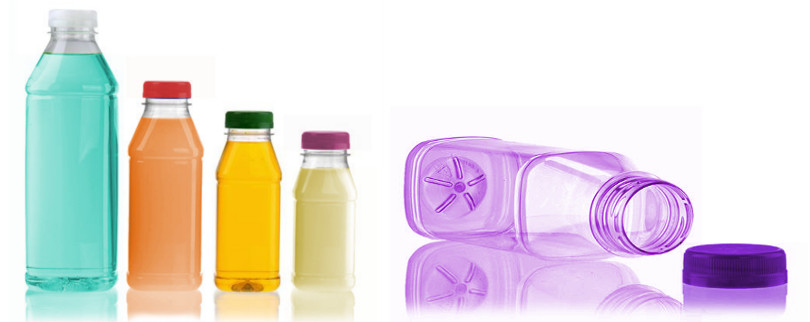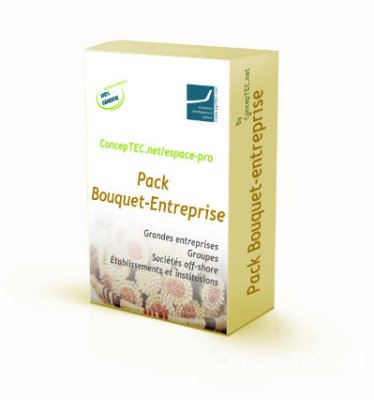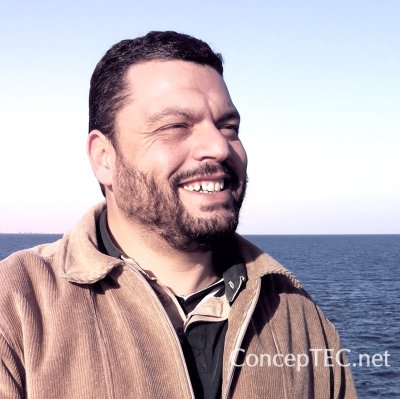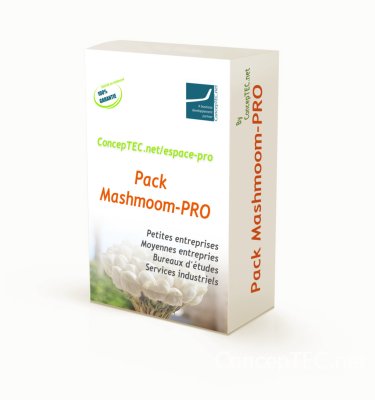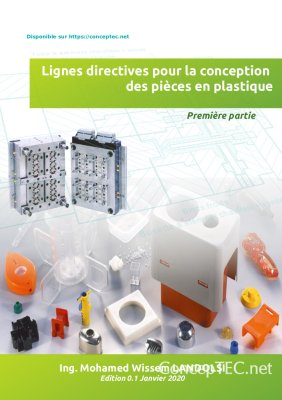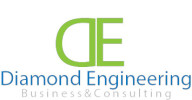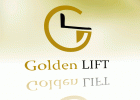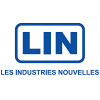This article is written from content published by Jonathan on https://www.oberk.com/packaging-crash-course/packaging-resource-guide/plastic-bottle-resin-materials which gives us recommendations on the use of bottle plastics according to their type of material. Originally in English, I have translated it into Arabic, French and reformulated it into English. Language change links are available in the bar on the right side of the page (PC display) or below (mobile display). If you have recommendations for content improvements please don't hesitate to contact us. All your comments are welcome.
High density polyethylene (HDPE)
HDPE is the most used plastic for bottles. They are produced by injection blow molding or by extrusion blow molding. This material is economical, impact resistant and compatible with a wide range of products including acids and caustics ( corrosive element which binds substances) and offers good moisture impermeability. It is usually supplied in FDA approved food grade. HDPE is not compatible with aromatic hydrocarbons. It can be used for milk bottles and bottles of liquid cleaning products.
HDPE is naturally translucent and flexible. Adding color will make HDPE opaque, which will add extra weight to the bottle, and will result in a more rigid container.
Although HDPE offers good protection at temperatures above the freezing point, it cannot be used with products filled above 70 ° C.
Low density polyethylene (LDPE)
Plastic LDPE is similar in appearance and characteristics to HDPE, but it is less rigid and generally less chemically resistant than HDPE. LDPE is mainly used for compression applications. LDPE is more expensive than HDPE, but will produce a shiny bottle when produced in color or natural.
Polypropylene (PP)
Can be transformed by injection molding (bottles, jars and stoppers), or by extrusion blow molding (bottles and jars). A major advantage of polypropylene is its stability at high temperature (the filling temperature up to 200 to 210 degrees. Maximum). The PP can be self-keyed for gas and microwave sterilization.
The high temperature resistance of PP is the reason why it is used with hot filling products such as pancake syrup.
PP has excellent chemical resistance, but provides low impact resistance at low temperatures. Oriented PP offers better impact resistance at low temperatures.
Produced in color, the PP has a shiny finish.
Polyvinylchloride (PVC)
It was used from the end of the 1960s until the 1990s, but its chlorine radical is transformed during combustion into hydrochloric acid. These vapors are toxic and, due to the poor filtration of incineration fumes at the time, were the cause of acid rain which deteriorated some forests. PVC has been replaced by PET, for drinking water bottles.
PVC is clear in nature, has very good resistance to oils and very low oxygen transmission. It is an excellent impermeability to most gases, but it is sensitive to hydrocarbon solvents.
PVC is a semi-rigid material which, when processed by blow molding, can adapt to natural and complex shapes. Improvements in plastic formulation have increased oxygen impermeability properties and chemical resistance, with a 20-30% improvement in drop impact resistance.
Advances in molding expertise, as well as in plastic formulation, have also given a quality injection-blow molding of rigid PVC.
PVC has low temperature resistance and deforms at 160 degrees. It is not compatible with hot products. Because it offers a good oxygen barrier, PVC is an excellent choice for salad oil, mineral oil and vinegar. It is also commonly used for shampoos and cosmetics.
PVC can also be molded by a stretching or blowing process. These oriented bottles provide improved barrier properties while allowing the container to be light. Chemical resistance is also improved thanks to the elimination of PVC additives which are frequently attacked. Food and non-food grade plastics must be specified.
Polyethylene terephthalate (PETG and PET)
PETG
Polyethylene terephthalate modified with glycol is a resistant and durable material with excellent gloss and clarity and the desired gloss for clear bottles. PETG can be processed by conventional extrusion blow molding methods, usually on machines designed to process PVC or Polycarbonate. Applications include shampoos, soaps, detergents, and products that do not require high oxygen content or moisture barriers.
PET
Polyethylene terephthalate (PET) is a substance based on ethylene glycol and terephthalic acid which transform at high temperature and high pressure to create polyethylene terephthalate (PET) plastic bottles. PET is a strong, light form of transparent polyester, for easily creating bottles for cosmetics, water, soft drinks, food and other non-food products like household cleaners.
PET is the most heat-sensitive plastic used in packaging, requiring special attention for transport, shipping and storage conditions. The filling of the products must not exceed the temperature of 50 ° C for PET.
Oriented PET offers very good barrier properties of alcohol and essential oil, generally has good chemical resistance and good impact and tensile strength. The orientation process also serves to improve the properties of the gas and moisture barrier. In addition, the orientation process does not lend itself to the production of handled bottles.
Polycarbonate (PC)
Unlike the previous materials, sterilizable like glass. What makes it suitable because of its quality and price for the use of reusable bottles. It is the material of privilege for baby bottles. It is used in Germany and Austria for packaging milk. They are unbreakable, which is highly appreciated by large retailers (less risk, less loss). However, it should be noted that BPA, a constituent of polycarbonate, the residue of its polymerization, is suspected to be toxic.
(automatic translation from originalarticle in french)


